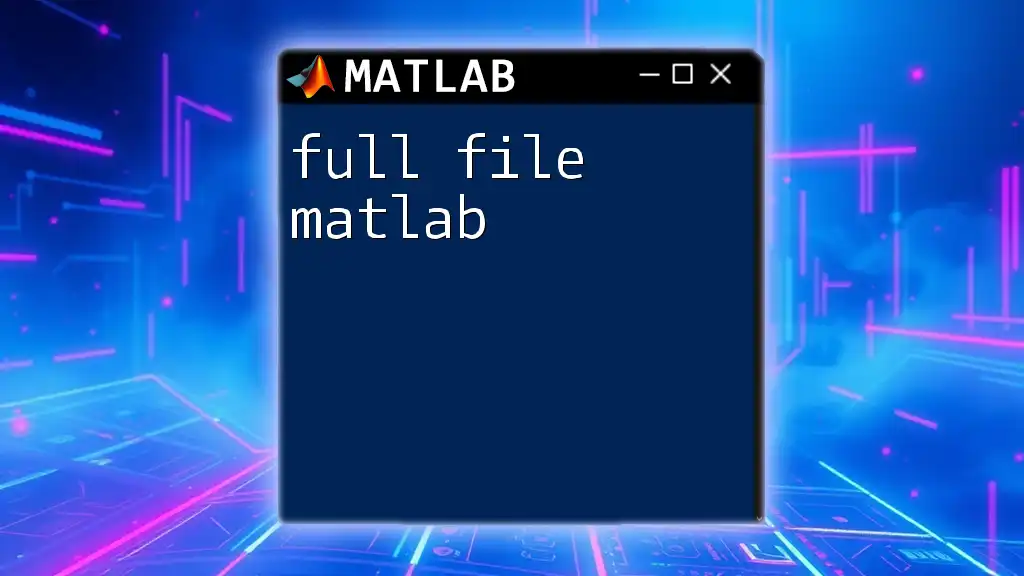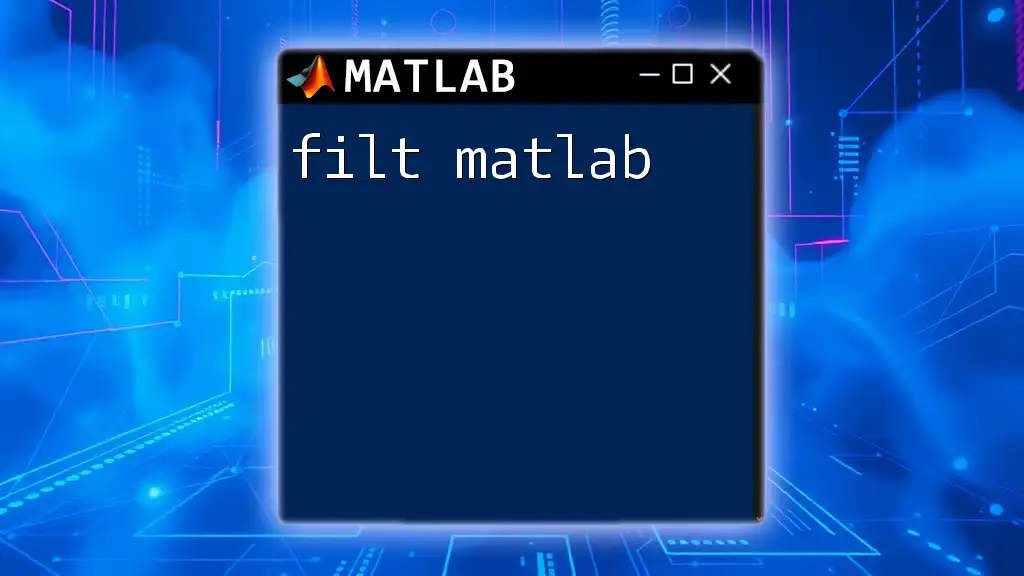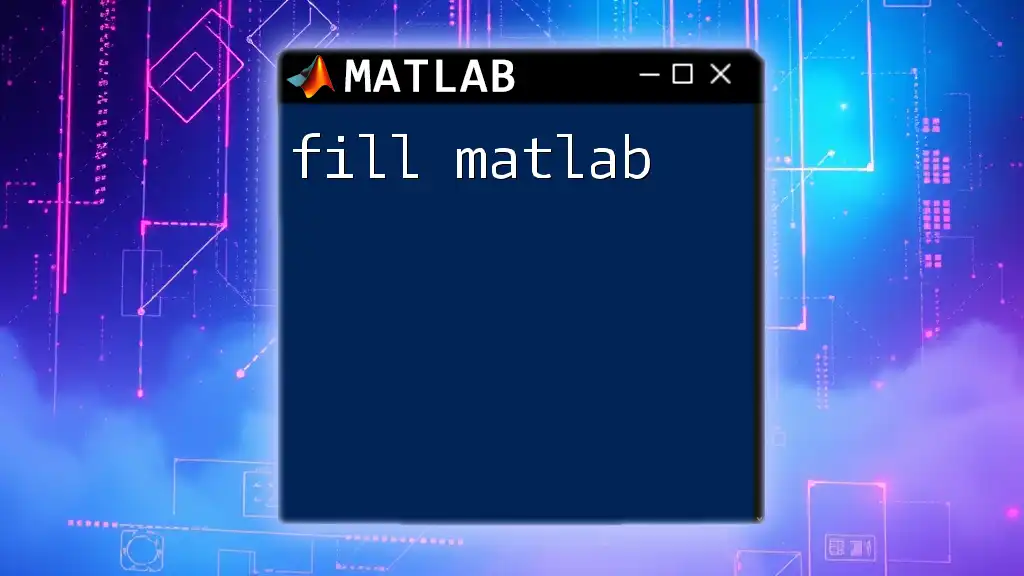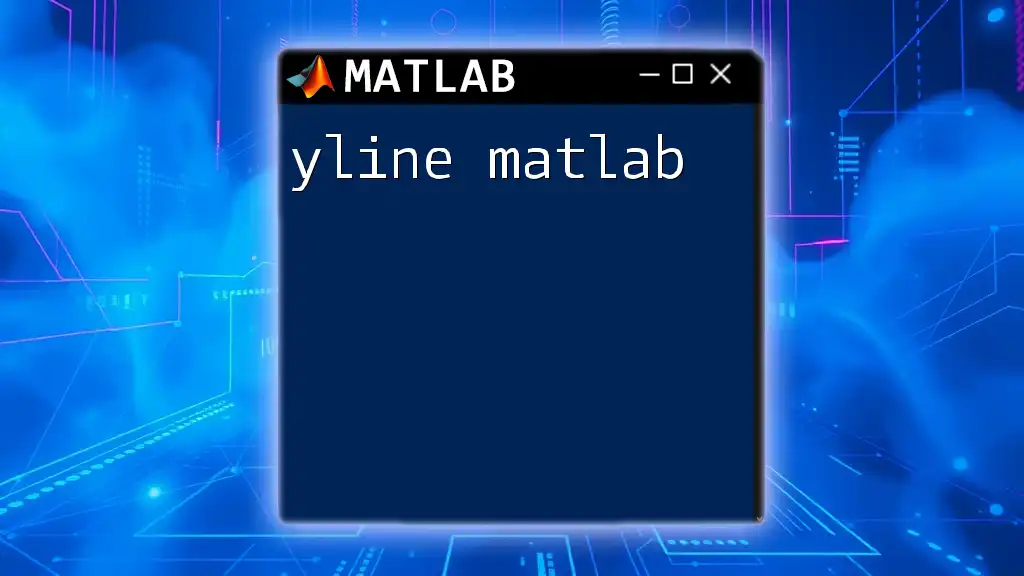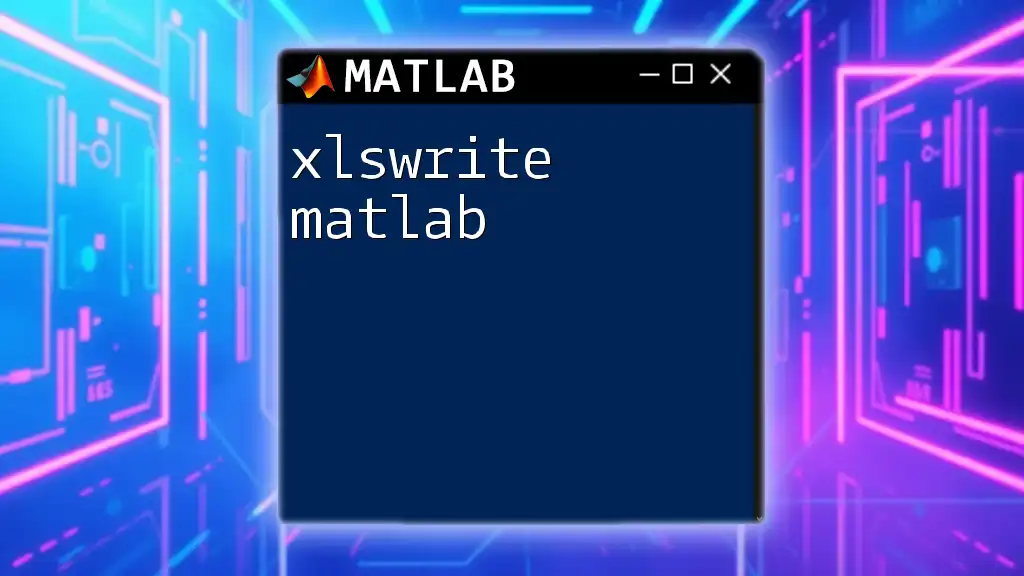The term "full file MATLAB" refers to the process of executing an entire MATLAB script or function file from start to finish without interruption, allowing users to run complex computations seamlessly.
% Example MATLAB script to calculate the factorial of a number
n = 5; % Specify the number
result = factorial(n); % Calculate the factorial
disp(['The factorial of ', num2str(n), ' is: ', num2str(result)]);
What is Full File MATLAB?
Full File MATLAB refers to the practice of efficiently managing and using full file paths within MATLAB. Proper file management is crucial in programming, as disorganized files can lead to confusion, lost data, and time wasted troubleshooting errors associated with file locations. By utilizing full file paths, users can streamline their workflows, making it easier to load, save, and manipulate files within their MATLAB projects.
Who Should Use This Guide?
This guide is designed for a broad audience, including beginners who are just starting with MATLAB, intermediate users who seek to refine their skills, and advanced users who want to optimize their file management techniques. By the end of this guide, readers will have a comprehensive understanding of how to effectively use full file MATLAB commands and best practices for file management.
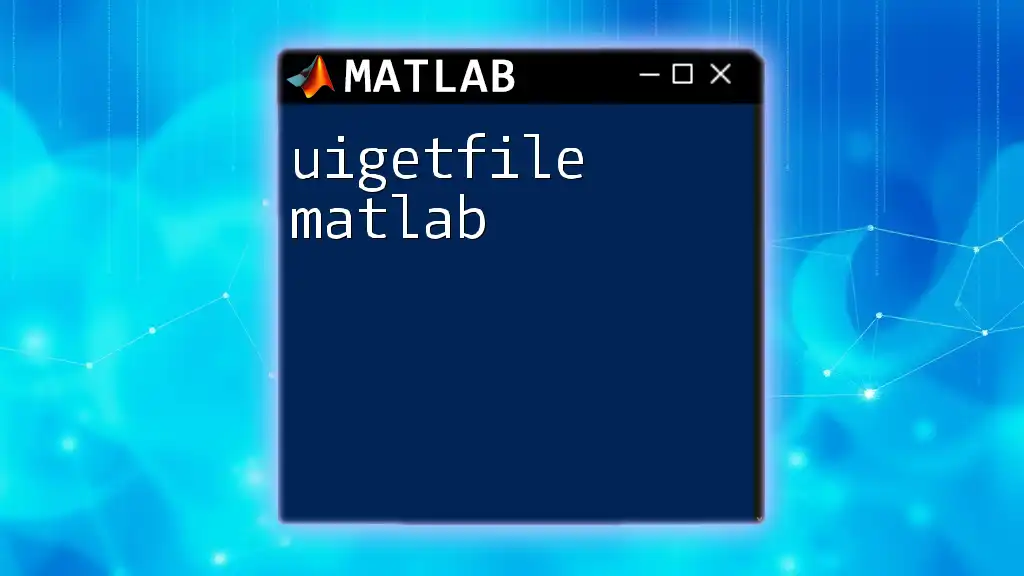
Understanding File Management in MATLAB
The Basics of File Management
In a programming context, file management refers to the process of organizing, storing, and accessing files in a way that facilitates efficient development and data analysis. Having a clear file management strategy is vital because it helps keep projects tidy and ensures that scripts can easily locate needed resources.
Types of Files in MATLAB
Scripts vs. Functions: Scripts are a fundamental part of MATLAB, allowing users to execute a series of commands written in a single file. Functions, on the other hand, are more modular, enabling users to define specific tasks that can take input parameters and return outputs. Knowing when to use scripts versus functions can significantly enhance code reusability and clarity.
MAT-files and Other Data Formats: MATLAB uses `.mat` files to store variables, but it also supports a variety of other file formats, including text files (`.txt`), comma-separated values (`.csv`), and more. Understanding these formats and when to use them can be a game-changer in handling data effectively.

Using Full File Commands in MATLAB
What are Full File Commands?
Full file commands in MATLAB encompass functions and techniques that utilize complete file paths to locate and manipulate files. The ability to work with full file paths is an essential skill because it ensures that MATLAB is referencing the correct files, especially in complex projects where files may reside in different directories.
How to Construct Full File Paths
Using `fullfile` Function: The `fullfile` function is a core command in MATLAB that simplifies the creation of full file paths by joining folder names and file names into a single, platform-independent string.
For instance, consider the following example:
folder = 'C:\Users\YourName\Documents\MATLAB';
fileName = 'dataSet.csv';
fullPath = fullfile(folder, fileName);
In this code snippet, `fullfile` intelligently combines the folder path and file name to create a full path that can be easily used in subsequent commands. This approach minimizes errors associated with manual file path construction and ensures compatibility across different operating systems.
Benefits of Using Full File Paths
Consistency
Using full file paths contributes to consistent access to files. When you use a full path rather than a relative path, you eliminate the ambiguity of current working directories. This is especially important in collaboration scenarios or when executing scripts from different environments.
Portability
Scripts that utilize full paths can be shared with colleagues or run on different machines without the need for modification. This makes your code more robust and user-friendly, as recipients can execute it without worrying about the directory structure on their system.

Best Practices for File Management in MATLAB
Naming Conventions
Descriptive Naming: Clear and descriptive names for files and functions greatly contribute to the maintainability of your code. Avoid vague names such as `data1` or `analysis`, as they do not convey meaningful information about the content or purpose.
Avoiding Special Characters: Certain special characters can lead to complications in file handling. Stick to alphanumeric characters, underscores ( _ ), and dashes ( - ) to ensure compatibility across different systems.
Structuring Project Folders
Creating an Efficient Folder Hierarchy: Organizing files into a well-structured folder hierarchy can make navigation simpler. Consider using subfolders for data, scripts, results, and documentation. This organizational layout allows for easier access and management of project components.
Using Version Control: Implementing version control systems such as Git can significantly enhance collaborative coding efforts. Version control not only tracks changes in the code but also helps manage file updates systematically, reducing the risk of file conflicts or data loss.

Using Full File Paths in Different Contexts
Reading and Writing Data
Loading Data from Files: Full file paths become invaluable when reading data from files. Instead of worrying about current directories, use the full path to ensure that your script correctly locates the file. Here’s an example of loading data from a CSV file:
data = readtable(fullPath);
In this example, the `readtable` function can seamlessly access the specified file location, making your data loading process faster and less error-prone.
Saving Data to Files: Saving processed data is just as straightforward. When you save a dataset to a specified path, you can use the full file path to ensure it is accurately stored:
writetable(data, fullPath);
This code snippet saves the variable `data`—which may have undergone transformations—back to the designated location without fear of misplacement.
Using Full File Paths in Functions
Passing File Paths as Parameters: Functions can greatly benefit from full file paths. By designing functions that accept file paths as input arguments, you can create flexible and reusable code.
For instance, consider the following example:
function result = processData(filePath)
data = readtable(filePath);
% Additional processing...
end
This approach allows you the freedom to supply different paths each time you call the function, ensuring that your function remains adaptable to various datasets.
Avoiding Common Pitfalls
Error Handling: File-related errors can be problematic, especially if the specified path is incorrect or the file doesn't exist. Implementing error handling techniques can help manage these situations gracefully. For example, using a `try-catch` block can safeguard critical file operations:
try
data = readtable(fullPath);
catch ME
fprintf('File could not be read: %s\n', ME.message);
end
In this code, if an error occurs when attempting to read the file, MATLAB captures the exception and displays a user-friendly message instead of terminating the program unexpectedly.

Conclusion
Recap of Key Points
The practice of using full file MATLAB commands is critical for effective file management. By adopting best practices, such as using descriptive naming conventions, organizing project folders, and leveraging full file paths in functions and data manipulation, you can significantly enhance your coding efficiency in MATLAB.
Next Steps
As you explore MATLAB further, put these principles into practice by implementing full file paths within your own projects. Consider developing a personal file organization strategy to facilitate ongoing coding efforts. For additional resources and learning opportunities, look beyond this guide to deepen your understanding of MATLAB.

Additional Resources
Recommended Reading
Seek out informative books and online resources that delve deeper into MATLAB programming and file management strategies.
Useful MATLAB Commands and Functions
A quick reference table summarizing commands related to file management can serve as a handy tool for daily use.
FAQs about Full File MATLAB
Addressing common queries can provide clarity and alleviate concerns regarding file management practices in MATLAB.

